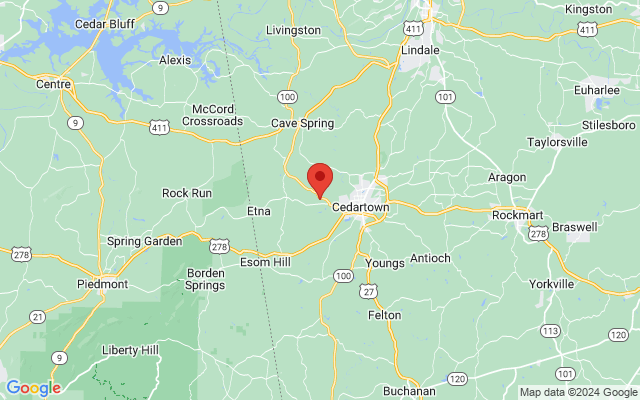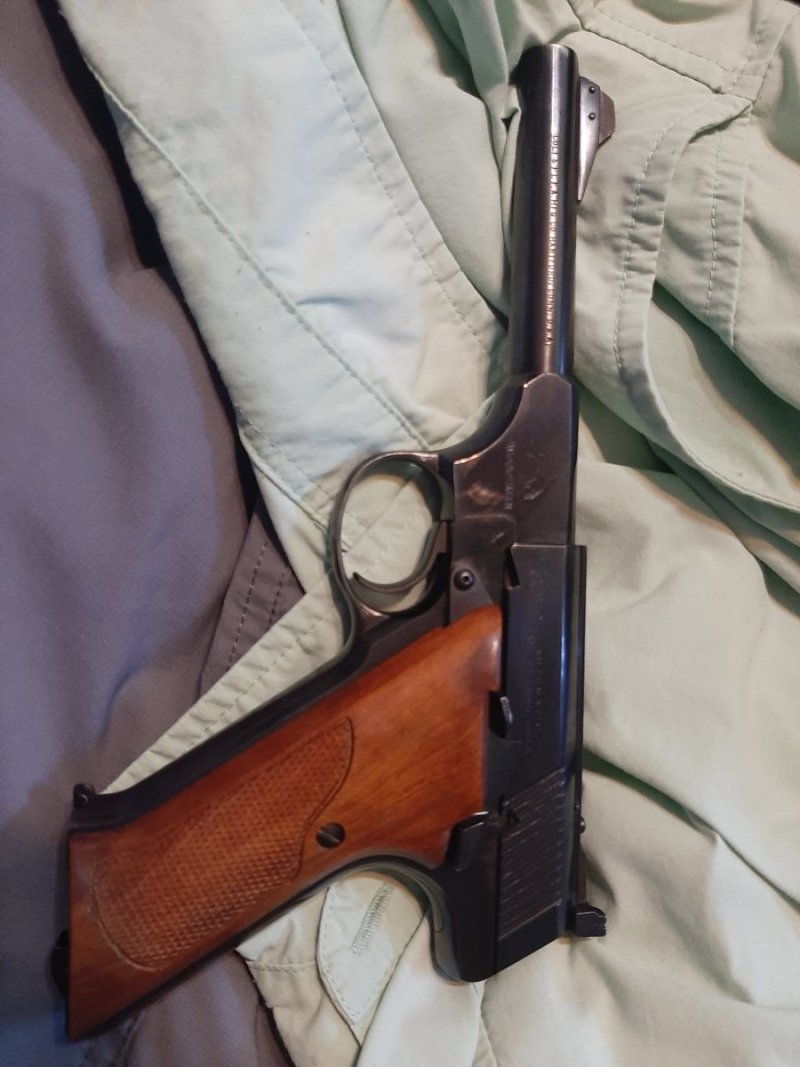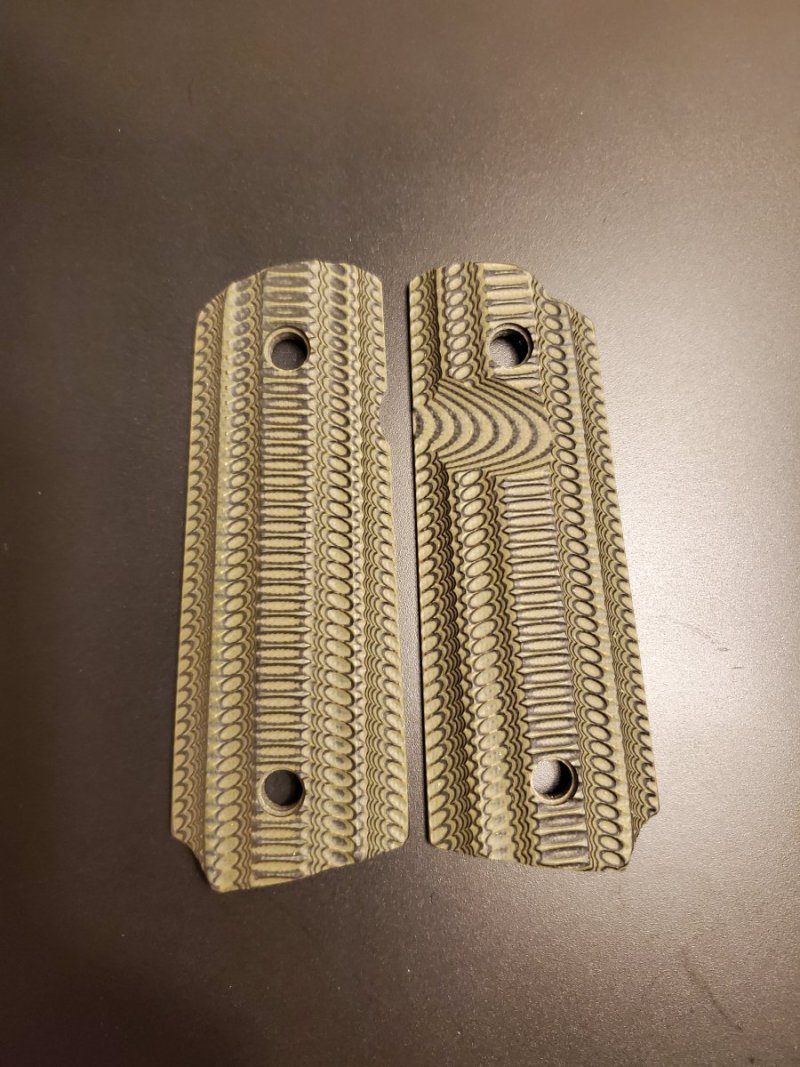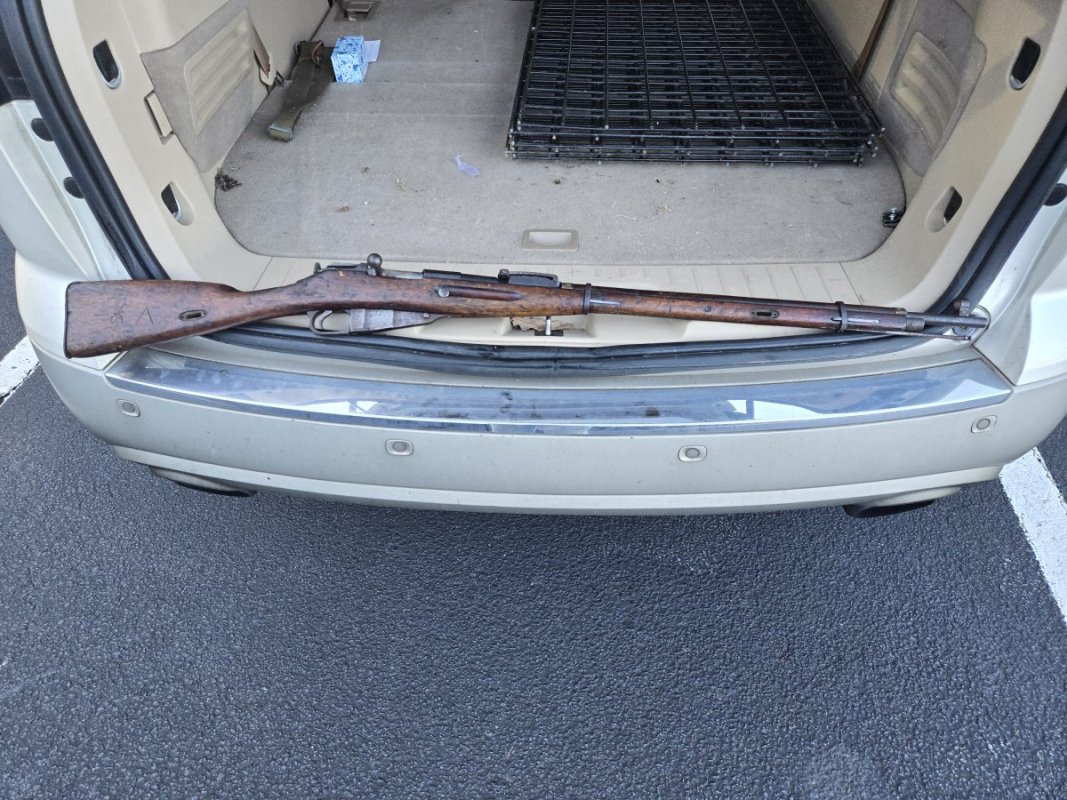
Item Name: Item Gone: FS/FT 1920's Taylor Fur Getter Trap Gun Collectible
Location: Cedartown
Zip Code: 30125
Item is for: Sale or Trade
Sale Price: 2300
Trade Value or Items Looking For: Have to be trading up.
Willing to Ship: Yes
Bill of Sale Required?: No
Item Description: Below is an article from GUNs.com back in 2012. I recently had this appraised byt Rock Island Auction Company. Appraisal figures were 3k-5k. However they wanted to charge 25% and were a pain in the ass to deal with. If someone is interested i have the appraisal from them as well. Dont have to sell. In the past 10 years ive only found 3 sold. Last one being 2020 and was sold for 5k.
In 1914, a specially designed pair of set-guns was sold in the United States. Their ingenious design was deadly simple and efficient, however it soon fell out of use, and their production was finally discontinued when it was effectively banned along with most commercial trapping in the 1930s. Known as the Taylor Fur Getter and the Taylor Sure Shot, these exotic little contraptions are now a hot item with collectors.
 Hunters have long used “set-guns,” or “trap-guns” which are firearms left primed and ready and triggered by a trip wire of some sort, to take game. These date back to as late as the 17th century and were often old discarded, obsolete, or broken pieces repurposed for less precision puruits.
Hunters have long used “set-guns,” or “trap-guns” which are firearms left primed and ready and triggered by a trip wire of some sort, to take game. These date back to as late as the 17th century and were often old discarded, obsolete, or broken pieces repurposed for less precision puruits.
In the golden age of fur trapping after the 1800s, the demand for these purpose built weapons to take large quantities of fur bearing animals was clear and pressing. With the mass production methods of the Henry Ford era capturing the imaginations of many ambitious Americans and the cheap availability of metal presses and metalworkers, the early 20th century represents the pinnacle of set gun development. Several companies made set guns during this period including the Getsem Gun Company of Lincoln, Nebraska, F. Ruthe of Hartford, Connecticut, and the FC Taylor Fur Company.
In 1916, the company merged with the Funsten Bros Company and amalgamated as the International Fur Exchange, operating from a huge 7-story building in downtown St. Louis. The FC Taylor Fur Company is still around in one form or another, with its current mailing address in in Ohio as part of the now Sterling Fur and Tool Company.


An inventor by the name of Charles D. Lovelace designed a set-gun device in 1912 and sold a few under his own company, The Texas Firearms Company, before Taylor picked it up. They patented it (US Patent number #1,098,742) in June 1914 as their “Fur Getter” set gun for sale to its suppliers.
 The operational concept was simple: steak the firearm into the ground, adjust the elevation for the height of the target animal (e.g. low for mink or high for coyote), rig a nice juicy piece of bait on the 11.5-inch trigger hook that extended directly in front of the muzzle, load it, cock it by pulling the striker back, remove the cotter pin safety device, and walk away. Check it daily or whenever you heard a gunshot, and reset as needed.
The operational concept was simple: steak the firearm into the ground, adjust the elevation for the height of the target animal (e.g. low for mink or high for coyote), rig a nice juicy piece of bait on the 11.5-inch trigger hook that extended directly in front of the muzzle, load it, cock it by pulling the striker back, remove the cotter pin safety device, and walk away. Check it daily or whenever you heard a gunshot, and reset as needed.
Clean, methodical, and reliable with almost a guarantee of quick harvesting of an animal with a small caliber head shot, which preserved the pelt. The wood screw of the mounting steak allowed the device to be placed vertical on the trunk of a tree to target raccoons, or along crawlways and hen house exits for foxes, etc.
The barrel was removed by turning the handle of the retaining pin for loading and unloading. Its small .22 caliber 6-inch barrel was rifled even though every shot made with it would most likely be at point blank range. In a pinch, they could be held and fired by hand at targets of very short range, if the operator was very careful. The little .22 was made under contract for Taylor by OF Mossberg.
 Taylor also offered a larger version, the “Sure Shot” that fired a .38 caliber round from a smoothbore barrel, and was meant for wolf and bear-sized game. It was a little beefier than the Fur Getter at a weight of 24-ounces and was made for the Taylor under contract by Hopkins and Allen. The company sold specially made shot or ball rounds for the device in boxes of 50 for $1.
Taylor also offered a larger version, the “Sure Shot” that fired a .38 caliber round from a smoothbore barrel, and was meant for wolf and bear-sized game. It was a little beefier than the Fur Getter at a weight of 24-ounces and was made for the Taylor under contract by Hopkins and Allen. The company sold specially made shot or ball rounds for the device in boxes of 50 for $1.
They continued selling both the Sure Shot and the Fur Getter as late as the 1930s in catalogs for $3-$4. It would appear that under the terms of the Federal Firearms Act of 1934, the devices were made illegal. Since they had no stock or grip they were the same concept as a sawn off shotgun, and thus classified as a big legal no-no.
Pictures:
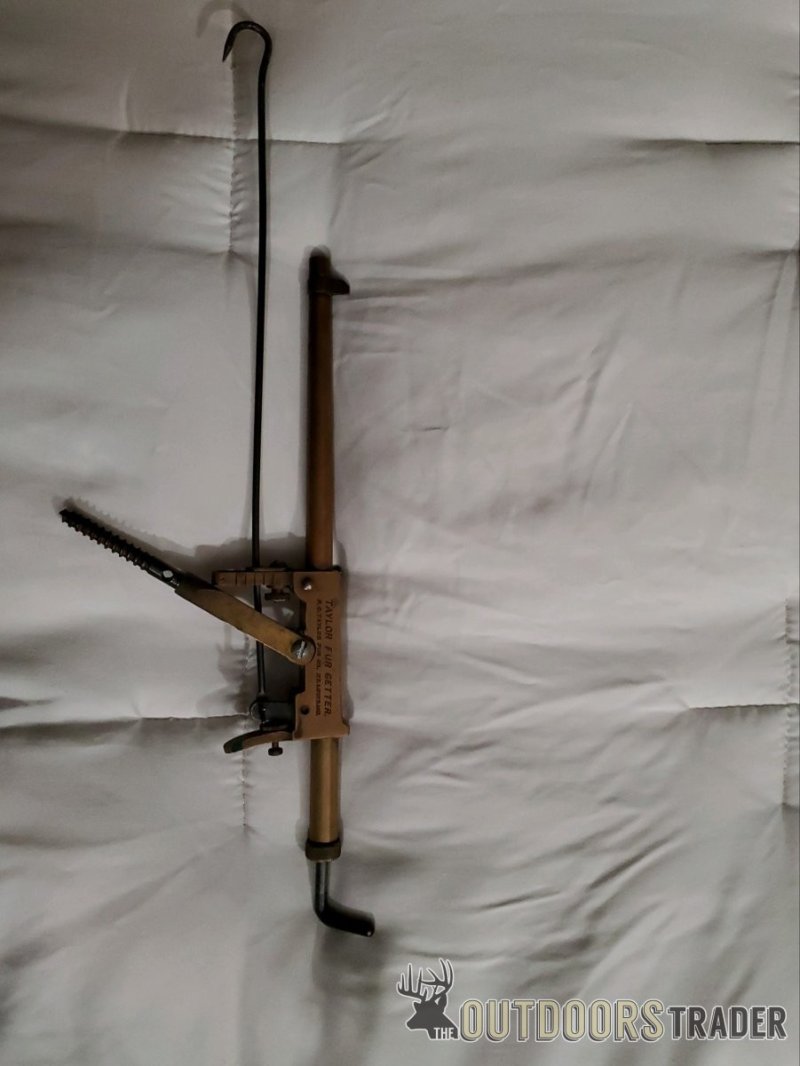
Location: Cedartown
Zip Code: 30125
Item is for: Sale or Trade
Sale Price: 2300
Trade Value or Items Looking For: Have to be trading up.
Willing to Ship: Yes
Bill of Sale Required?: No
Item Description: Below is an article from GUNs.com back in 2012. I recently had this appraised byt Rock Island Auction Company. Appraisal figures were 3k-5k. However they wanted to charge 25% and were a pain in the ass to deal with. If someone is interested i have the appraisal from them as well. Dont have to sell. In the past 10 years ive only found 3 sold. Last one being 2020 and was sold for 5k.
In 1914, a specially designed pair of set-guns was sold in the United States. Their ingenious design was deadly simple and efficient, however it soon fell out of use, and their production was finally discontinued when it was effectively banned along with most commercial trapping in the 1930s. Known as the Taylor Fur Getter and the Taylor Sure Shot, these exotic little contraptions are now a hot item with collectors.
THE CONCEPT OF THE ‘SET-GUN’

In the golden age of fur trapping after the 1800s, the demand for these purpose built weapons to take large quantities of fur bearing animals was clear and pressing. With the mass production methods of the Henry Ford era capturing the imaginations of many ambitious Americans and the cheap availability of metal presses and metalworkers, the early 20th century represents the pinnacle of set gun development. Several companies made set guns during this period including the Getsem Gun Company of Lincoln, Nebraska, F. Ruthe of Hartford, Connecticut, and the FC Taylor Fur Company.
THE DESIGN OF THE TAYLOR FUR GETTER
The FC Taylor Fur Company of St. Louis, Missouri was one of the largest players in the fur industry around the turn of the 20th century. Founded in 1870, it was one of the largest manufacturers catering to the lucrative fur industry and its location in Missouri was prime as St. Louis was the last stop for many trappers headed into the wilds.In 1916, the company merged with the Funsten Bros Company and amalgamated as the International Fur Exchange, operating from a huge 7-story building in downtown St. Louis. The FC Taylor Fur Company is still around in one form or another, with its current mailing address in in Ohio as part of the now Sterling Fur and Tool Company.


An inventor by the name of Charles D. Lovelace designed a set-gun device in 1912 and sold a few under his own company, The Texas Firearms Company, before Taylor picked it up. They patented it (US Patent number #1,098,742) in June 1914 as their “Fur Getter” set gun for sale to its suppliers.

Clean, methodical, and reliable with almost a guarantee of quick harvesting of an animal with a small caliber head shot, which preserved the pelt. The wood screw of the mounting steak allowed the device to be placed vertical on the trunk of a tree to target raccoons, or along crawlways and hen house exits for foxes, etc.
The barrel was removed by turning the handle of the retaining pin for loading and unloading. Its small .22 caliber 6-inch barrel was rifled even though every shot made with it would most likely be at point blank range. In a pinch, they could be held and fired by hand at targets of very short range, if the operator was very careful. The little .22 was made under contract for Taylor by OF Mossberg.
THE SURE SHOT

They continued selling both the Sure Shot and the Fur Getter as late as the 1930s in catalogs for $3-$4. It would appear that under the terms of the Federal Firearms Act of 1934, the devices were made illegal. Since they had no stock or grip they were the same concept as a sawn off shotgun, and thus classified as a big legal no-no.
Pictures:

DISCLAIMER: Always comply with local, state, federal, and international law. The Outdoors Trader does not become involved in transactions between parties. Review our
Privacy Policy
and
Terms of Use
for more information.


